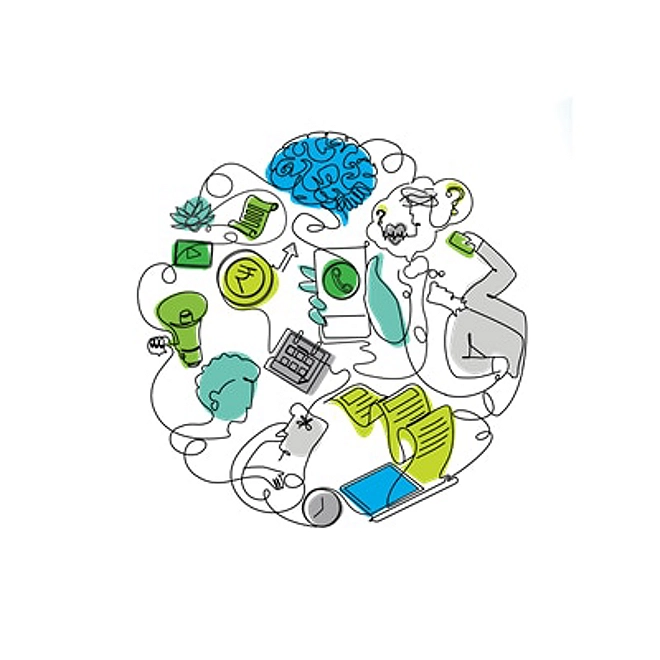The promise of digital mental health in a meta world
A Deloitte and World Economic Forum report
Globally, mental ill health affects 1 in 4 people, with suicide the leading cause of death among 15–29-year-olds and depression as the most common mental health disorder. Mental ill health not only impacts our social and emotional well-being, our family, friends, and the communities we live in, but also the economy. The International Monetary Fund estimated that median GDP dropped by 3.9% from 2019 to 2020, making it the worst economic downturn since the Great Depression.
The COVID-19 Pandemic served as a catalyst for mental health.
On the one hand, the pandemic placed unprecedented burdens on our communities as we entered multiple lock downs, witnessed our health and aged care systems attempting to cope with caring for sick and elderly, and a combined global death rate of 6.63m. This social impact was shortly followed by a global economic recession with resultant losses to business, job security and livelihoods.
But the pandemic also served as a positive force for change. Most governments around the world recognized the growing burden of mental ill health and funded services at unprecedented levels. As employers, and as communities, we also developed a deeper understanding about mental ill health, began to challenge the social stigma, and took personal responsibility and actions to maintain our mental well-being.
Despite this, accessing mental health services is not a simple supply and demand curve. Even when there is a relative abundance of therapists available (per 100,000 population), the demand for services far outstrips the supply with long wait times, limited access to long-term care, inadequate reimbursement models, privacy concerns, and an increasingly sparce and aging clinical workforce.
The need for technology to play a pivotal role has never been greater. Over the last four years, the World Economic Forum and Deloitte have been looking at how technology could positively impact mental health services. But digital mental health is not straightforward, and new technology is substantially disrupting how mental ill health is identified, diagnosed, treated, and supported.
While we all became very familiar with telemedicine offering consultations and care through phone, video, email, chatbots and even gaming, the advances in big data and cognitive artificial intelligence (AI) are transforming this landscape. At the forefront is brain–machine interfaces, which directly connect human consciousness with computers, and using virtual reality and the metaverse to provide new ‘spaces’ to proactively support mental well-being and resilience, predict and intervene when they are early warning signs of stress and provide personalized high-quality care anytime/anywhere and at a price that is affordable.
At the same time, governments, clinicians, large corporations, and consumers have been expressing heightened concerns about the safety, quality, efficacy, privacy and application of these services and the extent to which they are safe. Many are looking to quality standards and kite marks to enable them to recommend, prescribe and reimburse these digital tools while at the same time not stifling innovation.
In 2018, the World Economic Forum’s Global Future Council on Neurotechnologies set out to understand the potential uses and ethical implications of digital tools for the treatment of mental ill health and collaborated with Deloitte to design a Global Governance Toolkit for Digital Mental Health.
In 2021 the World Economic Forum in collaboration with Deloitte produced the Global Governance Toolkit for Digital Mental Health.
In the preceding two years, with the impact of COVID-19 and the advances in technology we felt it was imperative to revisit the toolkit to ensure that the recommendations remained contemporary and agile and responsive to new findings and innovations.
This white paper seeks to revisit the space and understand what has changed, what has been learned, and what is still to be done to build a regulatory environment where disruptive technologies can enable people everywhere to achieve the mental wellbeing they seek.
This is only the beginning of the digital mental health journey. The regulatory structures of the future must be as dynamic and flexible as the advances they govern.

